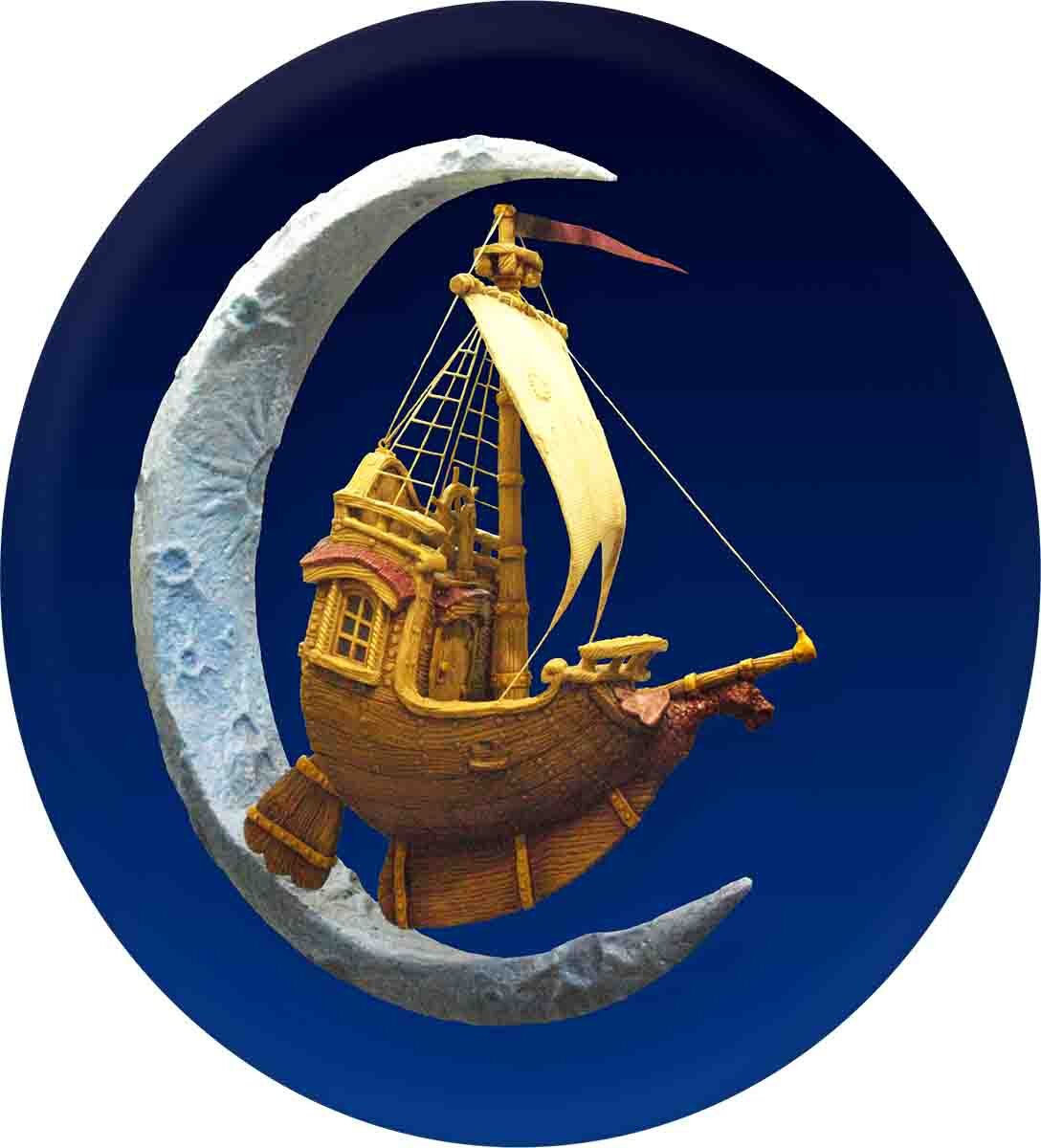This small pub sign measures just over 4 feet wide and almost 24" tall. It features a horse's head that protrudes from the sign.
First, we create the vectors for the sign itself and import them into EnRoute. The central “barrel head” is a separate layer which will be glued on after routing. The horse’s head will be routed in multiple slices and glued back together after routing before being mounted to the sign.
The first item of business is to create the barrel head. It’s a simple oval with a bitmap woodgrain applied. Next we create the stave ends by making them as 1.5" tall reliefs and then merging them to the barrelhead. A smaller raised oval provides a mounting point for the horse's head.
The banner reasonably straightforward. The layers of the banner are raised to different heights and merged together (along with the oval for the barrel). We also create a raised relief around the lettering before applying a bevelled relief to the lettering.
We purchased a great looking horse's head as a STL file — we will make the horse a little more “naggish” with some hand sculpting after the sign is assembled.
The horse file is sized by eye and then rotated to suit the sign. Next we create a rectangular “zero height relief” and “merge lowest” to cut the back of the horse’s head off. Using the slice tools in EnRoute and a zero height relief we cut the bottom plate off the horse's head. Then we slice it again to fit into a 1.5" sheet of Precision Board HDU.
We won’t worry about the missing small pieces of mane — we can quickly recreate these pieces with some sculpting epoxy after assembly.
We need a copy of the two layers (flipped) for the back side of the horse. Then we nest everything together and send them off to the CNC router.
We use Coastal Enterprises PB Bond 240 (a single component glue activated with water) to glue everything together. We use screws instead of clamps because the pieces are so irregularly shaped. The screws will come out later before we begin the sculpting process. As we sculpt we will modify the horse’s head to give it a little more of a “nag” feel.
We will also add the woodgrain to the slat ends with a die grinder. We could have easily programmed the woodgrain into the ends and let the CNC router do this work but, because its a small area, doing it by hand won’t really take much time.












